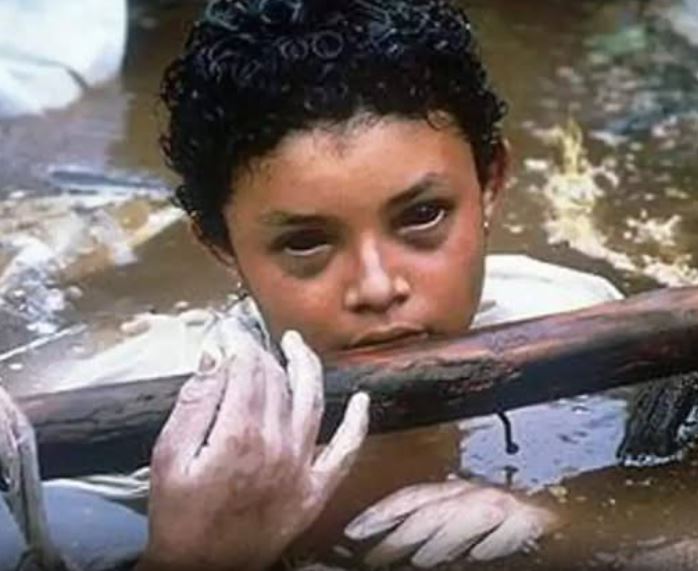On November 13, 1985, Colombia witnessed one of its most devastating natural disasters when the Nevado del Ruiz volcano erupted. The eruption triggered a deadly lahar—a powerful mudflow consisting of volcanic ash, melted glacier ice, and debris. As the torrent rushed down the mountain, it overwhelmed the town of Armero, home to 29,000 residents. Nearly 20,000 people in the town lost their lives, and the overall death toll reached 25,000. The destruction was so severe that Armero was eventually abandoned, left in ruins as a painful memory of the tragedy.

Despite warnings from scientists about the volcano’s potential danger, evacuation efforts were insufficient. Many who initially survived the eruption were later trapped by the fast-moving lahars, buried under layers of mud and rubble. Among them was 13-year-old Omayra Sánchez, whose heartbreaking story became a symbol of the catastrophe. She was pinned under the remains of her home, her legs trapped beneath a collapsed door, while the lifeless body of her aunt lay beside her. Rescuers fought desperately to save her, but their efforts were in vain.

For three agonizing days, Omayra remained stuck, growing weaker as time passed. French photojournalist Frank Fournier captured her final moments in an image that would shake the world. The haunting photograph showed her exhausted yet composed, her bloodshot eyes revealing the toll of her suffering. The image resonated deeply, as she displayed remarkable courage despite knowing her fate. Fournier later described her as “facing death with incredible dignity.”

While the photo raised awareness about the tragedy, it also sparked debate. Some questioned why Fournier did not intervene to save the young girl. In response, he explained that rescuing her was impossible under the circumstances. He recalled the backlash, saying, “Many criticized me, questioning the role of photojournalists, but I knew my responsibility was to share her story.”
Fournier defended his decision, emphasizing that his work helped expose the negligence of the Colombian government. He believed that capturing the moment led to international awareness and aid for victims of the disaster. “The photo forced people to see what had happened. It made the world pay attention to the government’s failure,” he said.

As Omayra’s condition worsened, those around her tried to bring her comfort. Rescuers, journalists, and onlookers sang to her, offered her food, and did their best to keep her spirits up. Despite her pain, she remained thoughtful, even telling those near her to rest. As the third night fell, she began hallucinating, speaking about a math exam she had to take at school.
Her final words were a heartbreaking farewell to her family: “Mommy, I love you so much. Daddy, I love you. Brother, I love you.” On November 16, 1985, Omayra passed away, likely from gangrene or hypothermia. Her mother, who survived the disaster, later reflected on the tragedy, saying, “It is painful, but we must think of those who are still alive. I will live for my son.”
Omayra’s story continues to be a powerful reminder of the disaster, and her image remains one of the most haunting symbols of its impact. The tragedy led to widespread condemnation of the Colombian government’s lack of preparedness. Reflecting on the power of the photograph, Fournier said, “People still react strongly to the image, which shows how unforgettable this little girl’s story truly is. I was simply the bridge connecting her to the world.”


